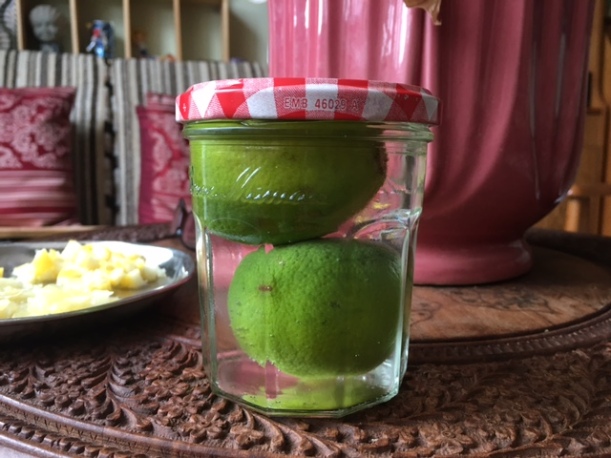As a child, I used to love shelling peas- a task handed by my mother to our small fingers. Many got eaten straight away instead of being handed back for cooking. Nowadays, we get ready shelled frozen peas which are convenient. Peas are associated with fish n chips, Sunday roasts, pea soup, and many Western foods. However, it is surprising to note that peas actually arose in Greece and the Middle East- Greece, Syria, Turkey and Jordan. Ancient finds also indicate that peas were eaten in Egypt, Georgia, Afghanistan, Pakistan and India from 4800- 1750 BC. In the second half of the 2nd millennium BC, it appears in the Ganges Basin and southern India. Due to trade it spread further east- Japan, Korea, etc. and also West.
Peas have given rise to stories (The Princess and the pea, Five peas fairy tale, etc.) and proverbs (two peas in a pod, peas thrown against the wall, etc.) and is much loved all over the world. In the world of science, peas provided the basis for the theory of genetic inheritance. In the mid-19th century, Austrian monk Gregor Mendel’s observations of pea pods led to the principles of Mendelian genetics. Gardeners love the beautiful and delicate pea flowers. They attract bees which not only pollinate them but also produce honey. They are fairly easy to grow in a small plot of land or in a container.

A bumble bee hard at work on pea flowers
The most common type is the green garden pea (English peas) and the smaller, French petit pois. Nutritionally, peas are high in fibre, protein, vitamin A, vitamin B6, vitamin C, vitamin K, phosphorus, magnesium, copper, iron, zinc and lutein. Though starchy, the glycemic load of a single serving of peas is estimated to be about 4, making them a low-glycemic food. For me, I find that eating some peas stops me craving for any sweet dish afterwards. So I add to many foods that I cook. It is an inexpensive food that is always in my freezer and I can add them towards the end of the cooking. As they have been frozen, they retain the vitamins and other goodness. Here are some foods I cooked using peas.

Indian pulao with peas

Home made Paneer (Indian cheese) and peas

Eggs and peas





























